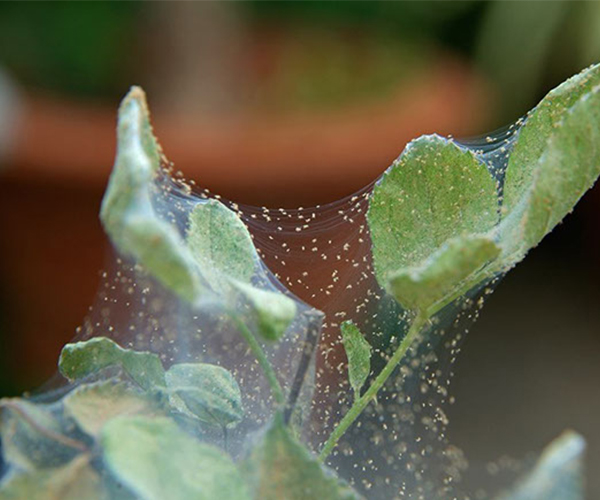
Spider Mites
Target Crops : Flowers, Beans, Cucumbers, Peppers, Tomatoes, Potatoes, Maize and Strawberries
Damage : Spider Mites cause damage by puncturing plant cells in order to feed. Some initial signs of a spider mite infection include tiny spots or stippling on leaves (caused by feeding) and thin, silky webs surrounding the underside of plant leaves and branches.
Prevention: Watering your garden regularly reduces the chances of spider mites attacking you crop as spider mites flourish under hot and dusty conditions.
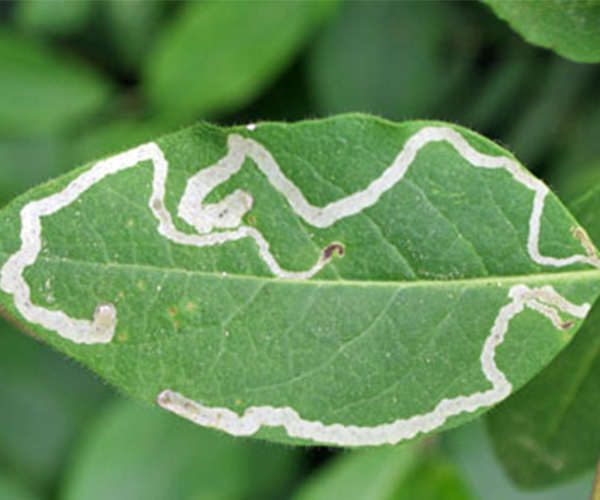
Leaf Miner
Target Crops : Flowers, Peas and Tomatoes
Damage : Leaf miners cause damages such as pale blotches and tunnel on plant leaves as the larvae feed. Leaf miners are the larvae of various insects including beetles, flies and moths. Leaf miners rarely causes serious injury to a plant however, it gives it an unpleasant appearance.
Prevention: Maintain plant health with organic fertilizers and proper watering to allow plants to outgrow and tolerate pest damage.
Keep your soil alive by using compost and other soil amendments. Use floating row covers (Harvest-Guard) to prevent fly stage from laying eggs on leaves./p>

Whiteflies
Target Crops : Cucumber, Beans, Sweet peppers, Tomatoes and Ornamentals
Damage : White-flies are tiny sucking insects that often appear in large numbers. Whiteflies weaken plants as they feed, and also excrete “honeydew” which attracts ants and serves as a food source for sooty mold. A few species may transmit plant diseases.
Prevention: White-flies have numerous natural enemies that usually keep them in check. Grow flowers near your garden to attract small wasps and other white-fly predators. Use yellow sticky traps to monitor for whiteflies in the greenhouse.
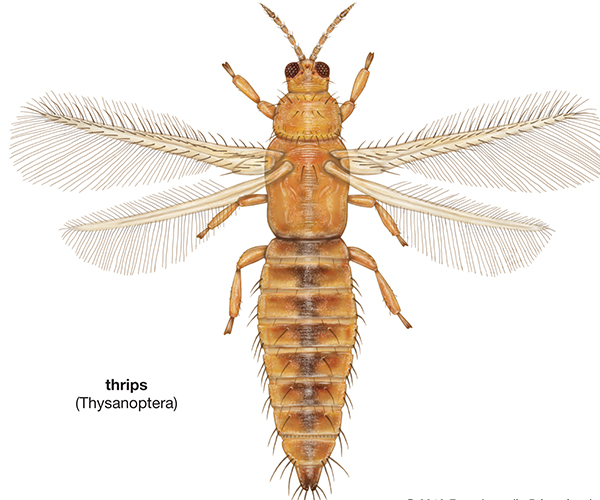
Thrips
Target Crops : Many flowers, Beans, Onions, Tomatoes, Citrus fruits and Apples
Damage : Thrips feeding on plants leaves causes white patches or streaks, but the more serious problem is that thrips can carry and transmit viruses such as Tomato Spotted Wilt Virus.
Prevention: Outdoors, thrips have numerous natural enemies that are attracted by planting plenty of flowers. Avoid over-fertilizing your plants, because heavy feeding increases the risk of damage from thrips.

Fall Armyworms
Target Crops : Maize and Grain crops
Damage : The primary feeding point are the new leaves, which will have raggedly-chewed edges and dark pebbles of caterpillar excrement nearby. During the day, the caterpillars hide in the shelter of the corn plant's whorl of new leaves, or beneath rocks or other shelter near the base of small plants.
Prevention: Clean up the previous year's grain crops from year to year, and watch your corn closely if you live in an area where low-till corn is grown commercially.

Aphids
Target Crops : Legumes, Peppers, Spinach, Tomato, Cucurbits, Carrot Lettuce, Flowers and Maize
Damage : Decreased growth rates, mottled leaves, yellowing, stunted growth, curled leaves, browning, wilting, low yields and, eventually, death. Aphids can spread diseases.
Prevention: Check plants often for early outbreaks. Clip off and compost stems holding aphid clusters. Encourage beneficial insects including lady beetles, syrphid flies, and lacewings, which are important aphid predators.
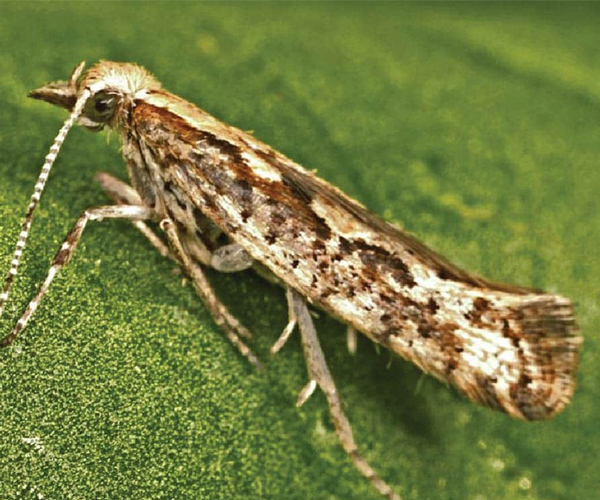
Diamondback Moth
Target Crops : Cabbage, Broccoli and Cauliflower
Damage : The larvae rasp holes in plant leaves that gradually enlarge to give the leaves a windowpane appearance. The caterpillars are found mostly on leaf undersides.
Prevention: Use protective row covers to exclude this and other pests from cabbage family crops.
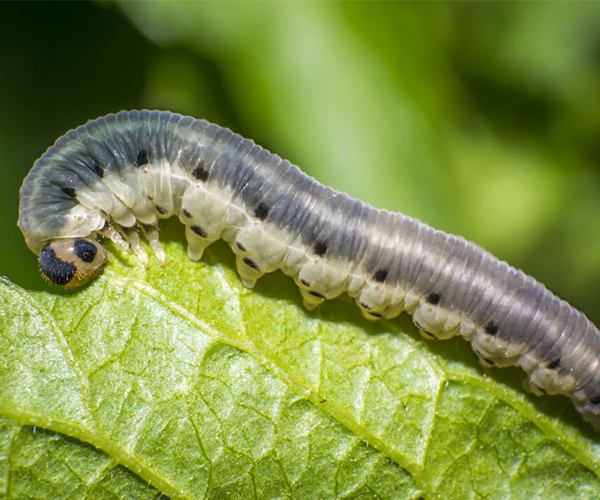
Cutworm
Target Crops : Beans, Cabbage, Maize, Lettuce and Fresh seedlings
Damage : Larvae feed on roots and foliage of young plants, often girdling them at the soil line. The top of the plant is left to shrivel and die. Cutworms can crawl up plants and chew holes in the foliage that look like damage done by slugs.
Prevention:
- Make plant collars.
- Hand pick.
- Sprinkle used coffee grounds or egg shells around your plants.
- Circle stems with diatomaceous earth, a natural powder made from ground up fossils which kills insects when they walk over it.
- Apply an insecticide late in the afternoon for best control.
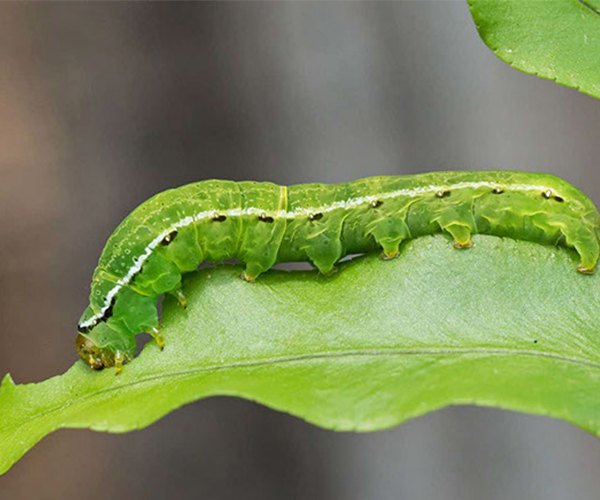
Caterpillars
Target Crops : Flowers and Vegetable crops
Damage : Most caterpillars cause damage by eating plant parts including foliage and flowers; either consuming the entire leaf or leaving the mid-vein.
Prevention:Insect barrier fabrics effectively protect plants from caterpillars. The barrier must be in place over the crop before the caterpillar eggs are laid on the plants, or you'll only be protecting the developing larvae from their natural predators.

Stalk-borer
Target Crops : Corn and Millet
Damage : Stalk-borer feeding weakens plants and slows their growth. Severely damaged plants often snap off and fall over.
Prevention: Start checking your fields when the plants are 2 to 4 weeks old. Inter-cropping maize with non-host crops like beans.
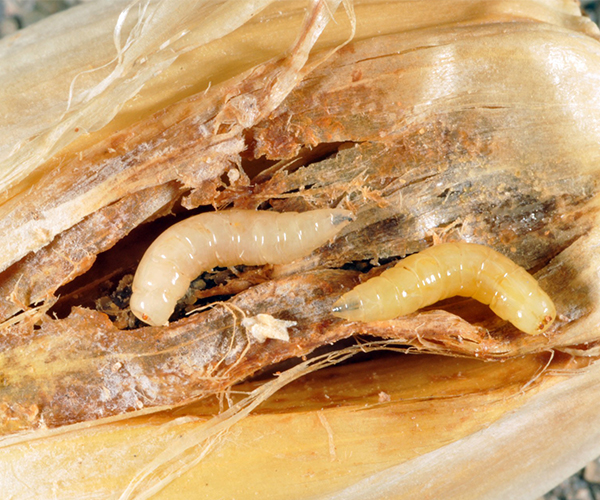
Onion Root Maggot
Target Crops : Onions and Garlic
Damage : When young onion plants wilt for no apparent reason, pull up a sample plant to check for legless worms (maggots) feeding on it roots. Plant may break off as you pull it from the ground.
Prevention: Floating row covers (fleece) are an effective way to prevent egg laying by adults. Be sure to get covers installed early, before the newly emerged adults fly in search of host plants. Remove badly damaged plants, as the maggots can move from one plant to another.
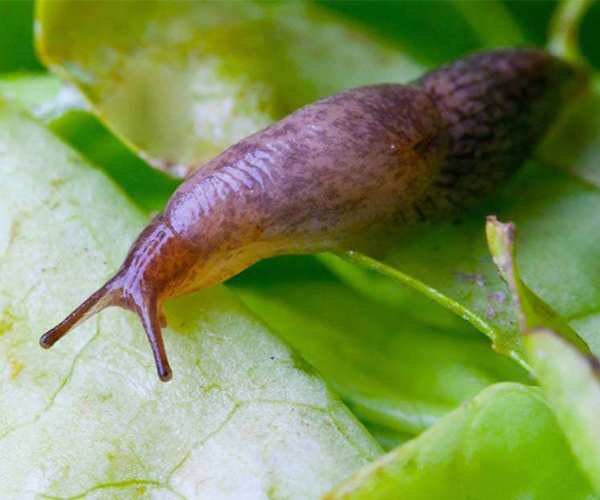
Slugs and Snails
Target Crops : Beans, Lettuce, Cabbage, Tomatoes and Other garden plants
Damage : Snails (and slugs) chew holes with smooth edges in leaves and fruits, and small seedlings can be consumed entirely. Slug and snail feeding is most intense at night or during periods of rainy weather.
Prevention: Wear a rubber glove to hand pick snails, and drown them in a pail of soapy water. In areas where snails are persistent problems, reduce available habitat by delaying mulching for as long as rainy weather prevails in early summer.
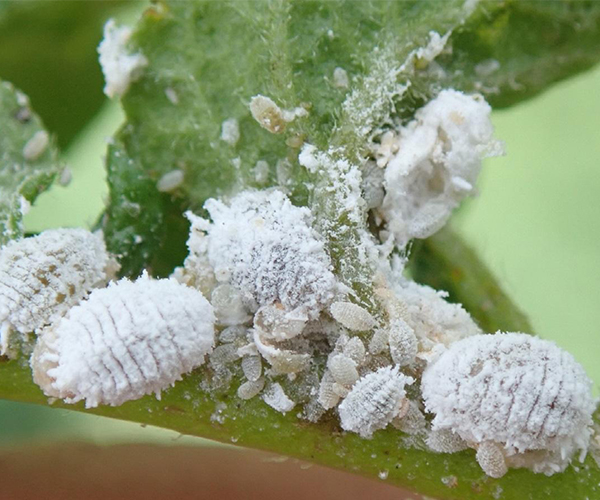
Mealy bugs
Target Crops : Citrus, Apples, Pears, Avocados, Grapes, Coffee, Sugarcane, Cassava, Papaya and Sunflowers
Damage : They cause damage by sucking the juice from their host plants. Like many pests, mealybugs tend to favor new growth. Over time, their damage causes the leaves to yellow and eventually drop from the plant.
Prevention: Use the Bug Blaster to hose off plants with a strong stream of water and reduce pest numbers. Washing foliage regularly with a leaf shine made from neem oil will help discourage future infestations.
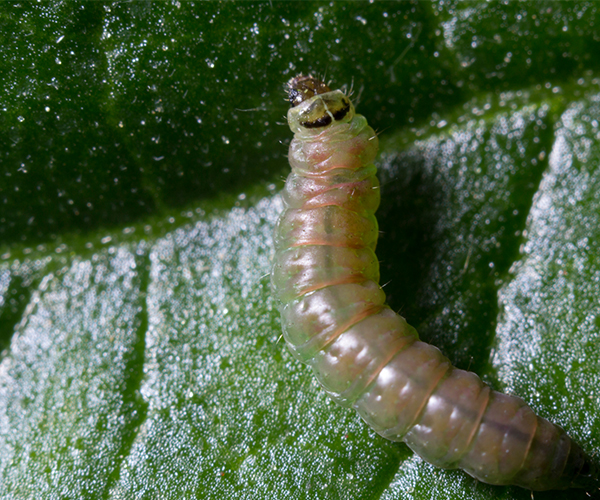
Tuta Absoluta
Target Crops : Tomatoes, Potatoes and Eggplant
Damage : Tuta absoluta lives on and in the leaves, stems and flowers of plants and also in the fruit of tomatoes. Young larvae and eggs are difficult to find. Fruits show puncture marks on the surface where the larva has entered the plant. Attacked tomatoes are easy to spot by the exit holes.
Prevention: Ploughing, manuring, irrigation, crop rotation, solarisation, and the elimination of symptomatic leaves and destruction of infested tomato plants have all been used to control this pest. Alternating host crops, mainly tomato and potato, with non-host cultures can ensure a long-term reduction in pest pressure.
